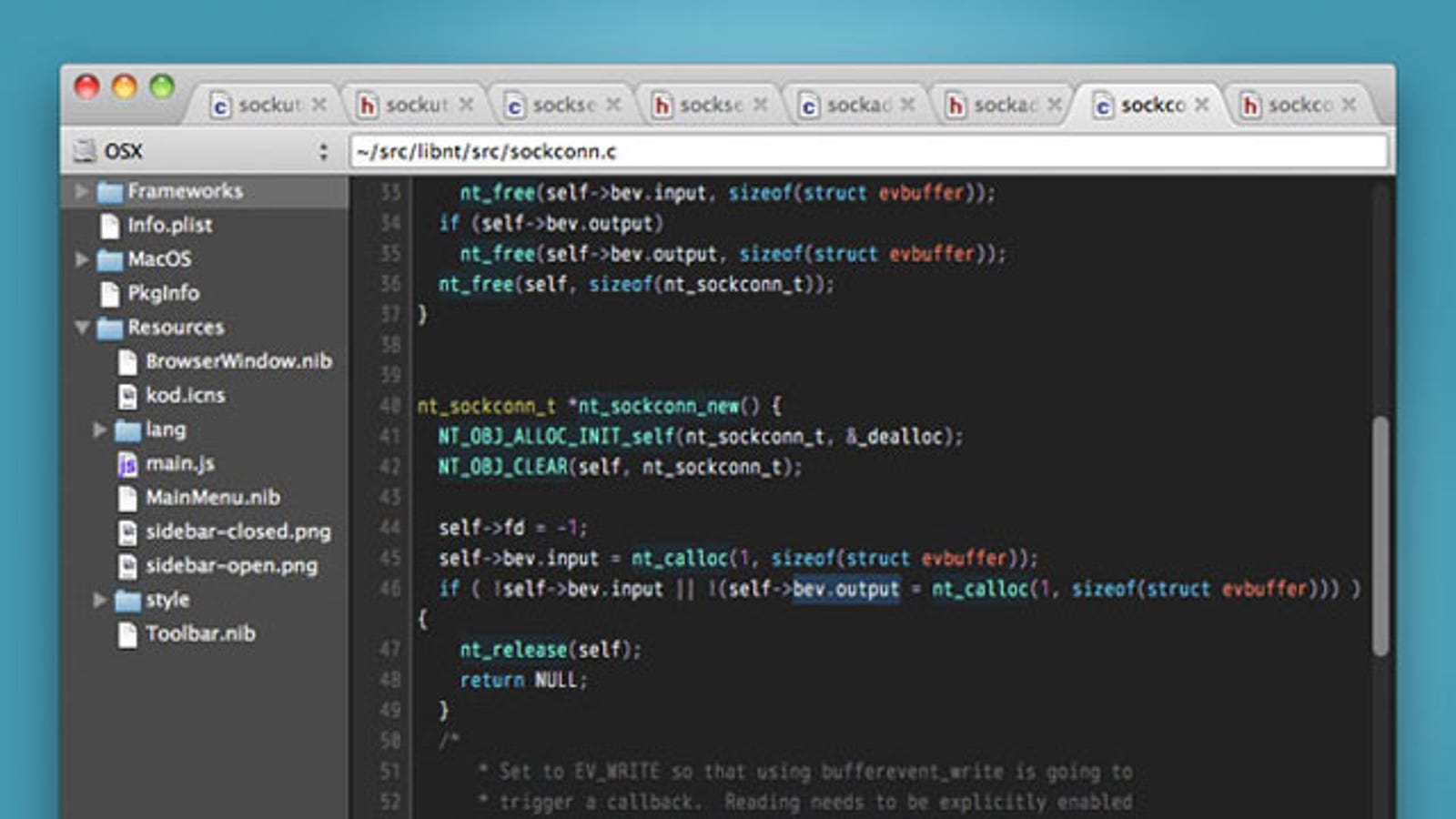A symbolic link (or 'symlink') is file system feature that can be used to create a link to a specific file or folder. It is similar to a Windows 'shortcut' or Mac 'alias,' but is not an actual file. Instead, a symbolic link is a entry in a file system that points to a directory or file. The system recognizes the symbolic link as the actual directory or file, providing a alternate way to access it.
- Symbolic links, known as symlinks, resemble standard Mac OS X's aliases. The system generally treats a symlink as it does with an alias. While aliases do not work with either Mac OS X unix terminal.
- In Mac OS Some Ways to Remove Symbolic Links in macOS. Symbolic link is a special file in the file system, which instead of user data contains the path to the file opened when the link file is accessed. The target of the link can be any object. For example: Another link.
Symbolic links are supported by Mac, Windows, and Unix, but are most commonly found on Unix systems, since Unix is known for having a large (and often confusing) hierarchy of directories. The root folder alone has several different subdirectories, many of which do not have a clearly defined purpose. Examples include bin, dev, etc, lib, tmp, usr, and var. This can make it difficult to find certain files, especially if they are located several directories deep in the file system. Symbolic links help alleviate this problem by creating an easier way to access common files and folders.
Symlinks point to a directory path, while aliases point to a file. If you have both pointing to the same file and you move the file to a different folder, then make a new file in the old folder, the alias will point to the moved original and the symlink will point to the new file. – Cajunluke Feb 17 '11 at 20:46. In computing, a symbolic link is a term for any file that contains a reference to another file or directory in the form of an absolute or relative path and that affects pathname resolution. Symbolic links were already present by 1978 in minicomputer operating systems from DEC and Data General's RDOS. Today they are supported by the POSIX operating system standard, most Unix-like operating systems such as.
To create a symlink in Unix, you can type a simple command at the command prompt using the syntax below. (The '-s' part of the command is important, since it tells the system to create a symbolic link.)
ln -s [target directory or file] /[shortcut]
For example, you can create a symlink '/apachelogs' that points to '/usr/local/apache/logs' using the following command:
Symbolic Link For Mac Shortcut
ln -s /usr/local/apache/logs /apachelogs

Symbolic Link For Mac High Sierra
After entering the command above, you would be able to access the Apache logs directory by simply opening '/apachelogs.' While symlinks are recognized by most programs, it may be necessary to enable a program or process to follow symbolic links. For example, in order for an Apache web server to recognize symbolic links, the line 'Options +FollowSymLinks' must be added to the httpd.conf file.
Symbolic Link For Mac Os
Updated: October 22, 2013